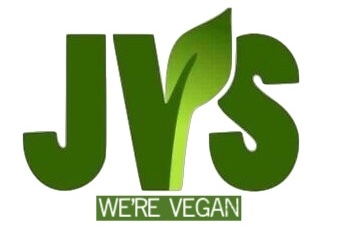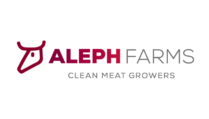By Mike Berners- Lee, From The Independant [29th November 2015]
If every Briton went vegetarian, we could cut our greenhouse gas footprint by 25 per cent
With the food system accounting for up to a third of global greenhouse gas emissions, anything that reduces its impact will make a big difference to the climate.
It is a system riddled with inefficiencies and waste. Humans don’t simply eat food straight out of the ground, of course. It’s harvested, stored, processed – or fed to animals who are in turn slaughtered and processed – and finally packaged and delivered. Each of these stages uses energy, which means emissions.
In very rough terms, the world grows about 6,000 calories per person a day in edible crop harvest. That is about three times the 2,000 calories a day that end up getting to be eaten by humans. This would be enough to feed everyone if we shared it round perfectly, which we don’t, so some people go hungry while others eat more than is good for them.
So what happens to the massive 4,000 calories per day gap between field and fork and what has this got to do with going vegetarian or even vegan?
Here, again in rough numbers, is how the missing calories can be accounted for:
About 900 are agricultural waste, much of which is simply left in the ground. Supply exceeds demand or the crop is deemed not able meet customer standards.
About 500 go to biofuels. This is not necessarily a bad thing, but it is something we need to keep a very close eye on if we are ever to achieve a low-carbon world. If free market forces were allowed to do their thing we could see a huge shift from food crops to more profitable fuels, at the expense of nutrition in poorer countries.
Around 600 calories are then lost in post-harvest waste. This is mainly an issue in developing countries and is inherently solvable, at face value, through the provision of such things as sealed containers to keep food dry.
So far in the story from field to plate there is still a plentiful 4,000 calories per day left for feeding people. Around 1,700 of these are fed to animals. The animal diet is further supplemented with a substantial amount of grass, some but not all of which is grown on land that could alternatively be used to grow yet more human food.
Animals – some more than others – add an intrinsic inefficiency into the food chain, using up energy for such things as walking around and keeping warm (per kilo of meat, poultry do a lot less of less of this through their lives than cows, making chicken a significantly more efficient energy source than beef). A mere 500 calories per person per day come back out of the animal food system as meat and dairy foods. So the inefficiency of our meat and dairy diet leads to a loss of 1,200 calories per person per day, excluding any grassland that could be used for edible plant crops. And meat consumption is rising fast in developing countries.
To finish off the story, around 800 calories are lost to processing, distribution and household waste, of which the biggest element is household waste in developed countries – the homes of most of the people reading this are included here. Inadequate sharing of the remaining 2,000 that humans actually eat means that some people end up obese while others are hungry.
Seen in this way, the world food system looks to be brimming with opportunities for improvement. If we can get organised – which of course is not at all easy – we ought to be able to use new technologies and deploy best practices to increase yields, as well as cutting out most of the 2,300 calories that are wasted. Even with a rising population – and even with climate change adversely affecting land fertility in some areas – we ought to be able to feed everyone while improving biodiversity and increasing the biofuel output somewhat.
Our animal intake puts a huge and growing pressure on the food and land system. If the world went vegan overnight we might be able to feed several billion more people and double biofuel production, even without tackling waste or improving yields.
We need to be asking how plants can become more aspirational foods than cows. But if we are still going to eat meat, stick to chicken which has only about one-tenth of the carbon footprint per kilo of Brazilian beef. This is partly because a chicken is a more energy-efficient meat producer, partly because chickens don’t ruminate, or chew the cud (which emits methane, roughly doubling the footprint of a cow) and partly because chicken farms are less strongly associated with deforestation.
Our studies of the footprint of UK dietary choice have shown that going vegetarian might cut the greenhouse gas footprint by 25 per cent. However the same reduction can also be made through modest actions split across what for most UK people are the three most important things you can do to cut your food carbon: reduce meat, switch type of meat and, of course, cut waste.

















